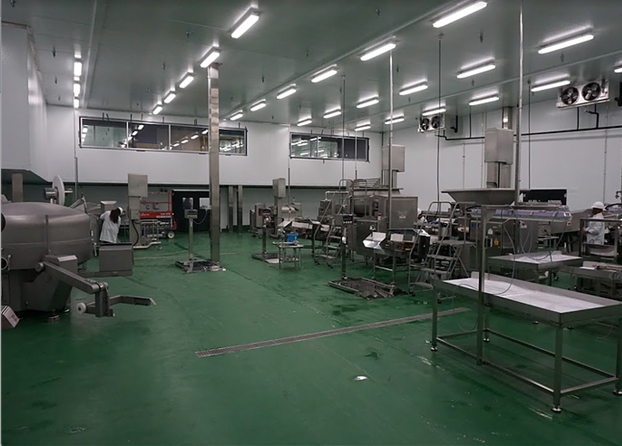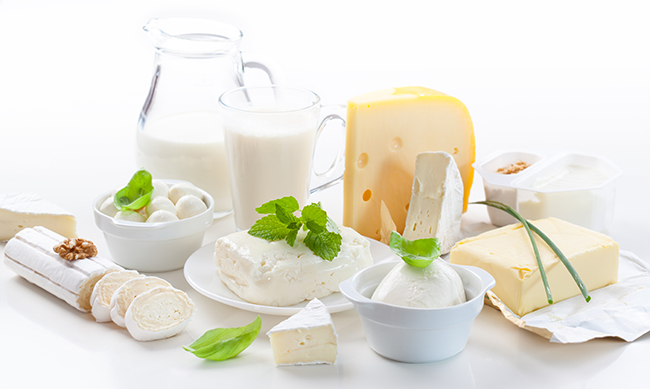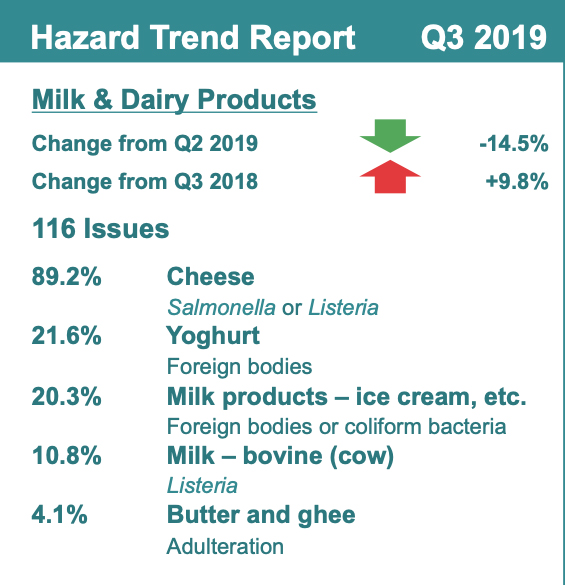Food safety remains a top-of-mind concern for food manufacturers, especially considering some of the top recalls in 2019 were caused by bacteria contamination—including Listeria and E. coli. Every aspect of the plant operation, from maintenance to executives, to junior staff and quality control, holds both responsibility and concern in producing safe food. Unfortunately, there’s a lot at stake when plant operations’ sanitation programs run into issues, which can cause health threats.
While the rapid explosion of new innovations complements our daily lives in efficiency and convenience, plant operations may find difficulty in keeping up-to-speed with new technology such as robotics, drones and automated applications. When facilities’ equipment becomes more and more outdated, it poses food safety challenges around cleaning, maintenance and upgrades.
Luckily, in some cases, innovation is becoming much easier to deploy. Opportunities abound for food processing plants to integrate new technologies into their operations to deliver significant returns on investment while simultaneously enhancing sanitation, safety and production efficiency on the plant floor.
The Dangers with Today’s Practices
There are many pitfalls with older, more traditional cleaning techniques. In a place where cleanliness is critical to food safety and public health around the world, the industry understands sanitation means more than just scrubbing, mopping and wiping. While these are important daily practices to be done around the processing plant, there are still concerns on whether this kind of intermittent cleaning is truly enough to keep surfaces completely sanitized—knowing that continuous cleaning around the clock seems impractical in any facilities.
Unfortunately, there are many areas, some very hard to reach, for bacteria and other pathogens to live and spread around a processing plant. Zone 1, which holds the conveyor belt and other common high-touch points, consistently comes into contact with food, chemicals and humans. However, for processors to reduce the likelihood of contaminated food, they must consider areas outside of Zone 1 as well—including employee break rooms, hallways and bathrooms—to implement automated sanitation technologies. Additionally, the most common food contaminants, such as Listeria, Salmonella and E. coli, are usually invisible to the naked eye. Therefore, plants need to employ automated technology to continuously kill microscopic bacteria, mold and fungi to prevent regrowth and ensure clean food and equipment.
Looking to New Tech to Fight Germs
When looking to upgrade a plant operation facility, automated technology should be top-of-mind. Automated food production technologies solve two main problems: Food safety and sanitation efficiency. Wash-down robotic systems work to prevent food contamination, while other automated robots complete tasks on the production floor such as packaging, transporting and lifting. With the CDC estimating that roughly one in six Americans suffer from foodborne illnesses, the need for improved sanitation design is integral.
In today’s age, there are several ways to achieve heightened cleanliness by incorporating automation and robotics into production lines. Slicers, dicers and cutters are manufactured with hygienic design in mind. Smart cleaning equipment can automatically store various cleaning steps. Data tracking applications can monitor sanitation steps and ensure all boxes are checked throughout the cleaning program.
Incorporating antimicrobial LED lighting ensures sanitation is truly integrated into the facility’s design—working continually 24/7 to kill and prevent bacteria, and its growth while also serving a dual purpose of both antimicrobial protection and a proper source of illumination. As is the case with this type of technology, once these lights are installed, it becomes an easy, hands-free way of reducing labor, chemicals and, in many cases, work stoppages.
According to Meticulous Research, the global food automation market is expected to be worth $14.3 billion by 2025. With automation set to explode, it’s important for leaders in the food and beverage industry to take advantage of safety tech innovations to advance sanitation around the processing plant. Facility upgrades to improve, enhance and automate sanitation could impact food manufacturers in the long-term by decreasing costs, preventing recalls, improving brand value, gaining consumer trust, minimizing risk and impacting the bottom line.






















